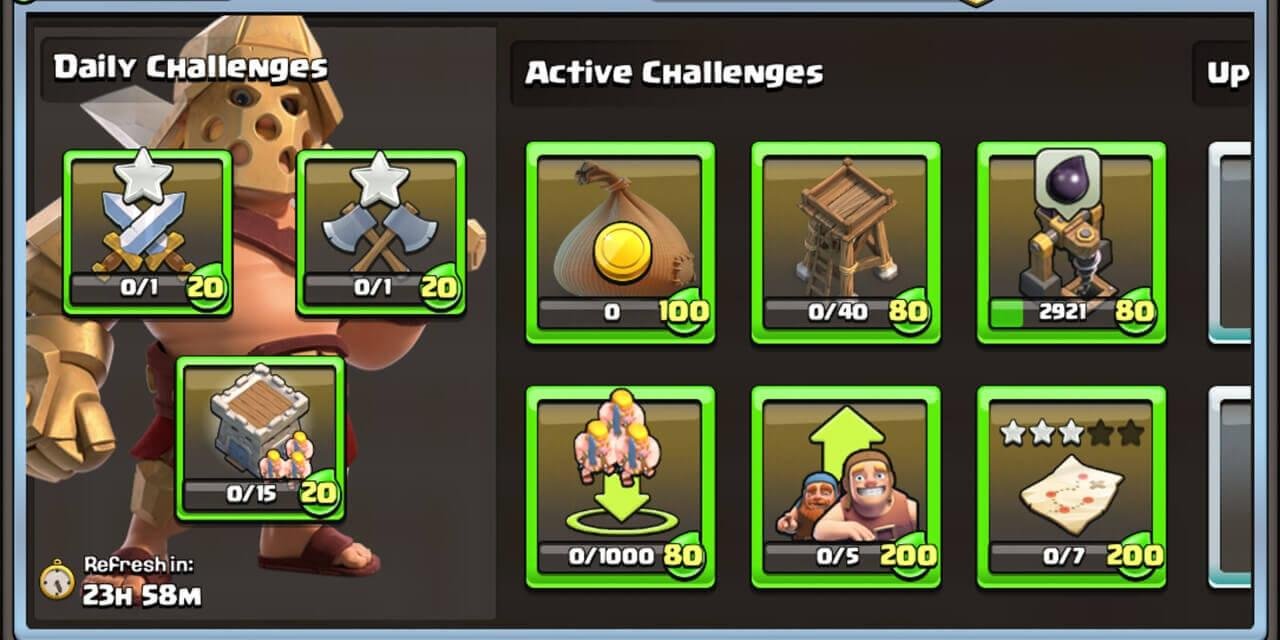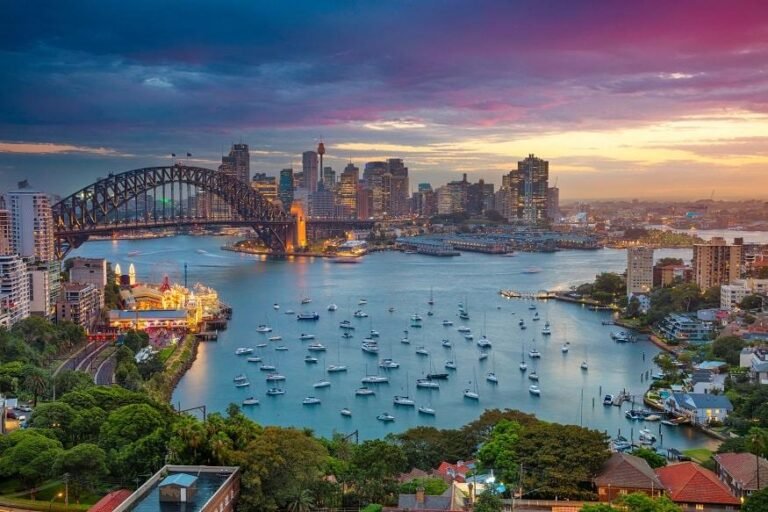Australia, with its breathtaking landscapes, vibrant cities, and unique wildlife, is a dream destination for many travelers. Though, just like any other country, Australia has its own set of seasonal quirks that can considerably affect yoru experience. understanding the worst time to visit can save you from unexpected challenges, ensuring that your journey is as enjoyable as possible. From unpredictable weather patterns to crowded tourist spots, various factors can leave visitors feeling disheartened.In this guide, we’ll delve into the nuances of Australia’s seasons, explore commonly overlooked issues, and provide valuable insights into when you might want to reconsider your travel plans. Whether it’s dodging the sweltering heat of summer in the Outback or avoiding the torrential rains of the wet season in the tropical north, we’ll equip you with the knowledge you need to make informed decisions. So, let’s embark on a journey to uncover the less favorable times to visit Australia, ensuring your next trip is memorable for all the right reasons.
Understanding Seasonal Challenges: Weather Patterns and crowds in Australia
When planning a trip to Australia, it’s crucial to recognize how seasonal challenges can affect your experience. The weather patterns, prominently varying across the country, play a meaningful role in shaping your travel plans. for instance, the summer months (December to February) bring scorching heat, especially in the northern territories, making outdoor activities less enjoyable. Meanwhile, the temperate climate of the southern regions can draw crowds, particularly in iconic destinations like Sydney and Melbourne.It’s vital to be aware of peak tourist seasons, which typically coincide with Australian school holidays and festive periods, leading to increased accommodation costs and crowded attractions. To help you navigate these conditions, consider the following factors:
- Summer crowds: Expect busier beaches and longer lines at popular sites.
- Rainy season: Northern Australia experiences monsoon rains from November to April, affecting travel plans.
- Air Quality: During dry seasons, bushfires can impact air quality, particularly in New South Wales and Queensland.
Utilizing the chart below can help you better understand the relationship between weather patterns and tourist influx across regions in Australia:
| Region | Peak Season | Weather Conditions |
|---|---|---|
| Sydney | December – February | Hot and humid |
| Melbourne | November - March | Warm with possible rain |
| Cairns | June - November | Dry and pleasant |
| Perth | September – November | Spring warmth |
Being informed about seasonal variations will empower you to make educated decisions and perhaps avoid some of the most congested travel periods. At Gezify, we understand that creating unforgettable memories in Australia requires careful planning, especially when it comes to navigating the natural elements and throngs of tourists.Therefore, aligning your travel dates with favorable weather patterns could significantly enhance your exploration of this diverse and stunning continent.
Planning Ahead: Tips for Navigating Australias Off-Peak Travel Times
When considering your travel plans,it’s crucial to be aware of Australia’s off-peak travel times,as they offer unique advantages that can enhance your experience while allowing you to avoid crowded attractions. Here are some indispensable tips to make the most of your journey:
- research and Understand Seasonal Variations: The australian climate can differ dramatically across regions. Familiarizing yourself with the dry and wet seasons, as a notable example, will help you plan activities accordingly, especially if you’re considering places like the Great Barrier Reef or the Outback.
- Leverage Local Events: Explore smaller festivals or local events happening in off-peak times. These often provide a genuine cultural immersion that larger tourist crowds miss, allowing you to connect with locals and experience the authentic atmosphere of destinations.
- Accommodation and Price Benefits: Off-peak season frequently comes with significant discounts on hotels and accommodations. Booking during these times can lead to enhanced service, as fewer guests allow staff to focus more intently on your needs.
- Avoiding Peak Crowds: With fewer tourists on the scene, attractions become more enjoyable. You’ll have the chance to capture stunning photographs without random passersby and can converse leisurely with tour guides.
- Flexible Itinerary Planning: Off-peak travel allows for a more adaptable schedule. With lower visitor numbers, last-minute bookings for excursions or dining are often easier and more accessible.
To assist in your planning, here’s a simple table highlighting Australia’s peak and off-peak seasons categorized by popular regions:
| Region | Peak Season | Off-Peak Season |
|---|---|---|
| Sydney | December – February | May – August |
| great Barrier Reef | June – October | November – May |
| Melbourne | October – March | May – September |
| Tasmania | December – February | June – August |
With these insights, you can better navigate Australia’s diverse landscape and culture during less crowded times, ensuring a more personalized and rewarding travel experience. Keep an eye on Gezify for further tips and in-depth guides to your favourite destinations!
while Australia boasts stunning landscapes and vibrant culture,understanding the less favorable times to visit can significantly enhance your travel experience. By being mindful of seasonal weather, major events, and local holidays, you can avoid the crowds and high costs associated with peak tourist seasons. We hope this guide has equipped you with the knowledge to plan your trip thoughtfully. Ultimately, the right timing can mean the difference between a challenging journey and a memorable adventure in the Land Down Under. Safe travels!
